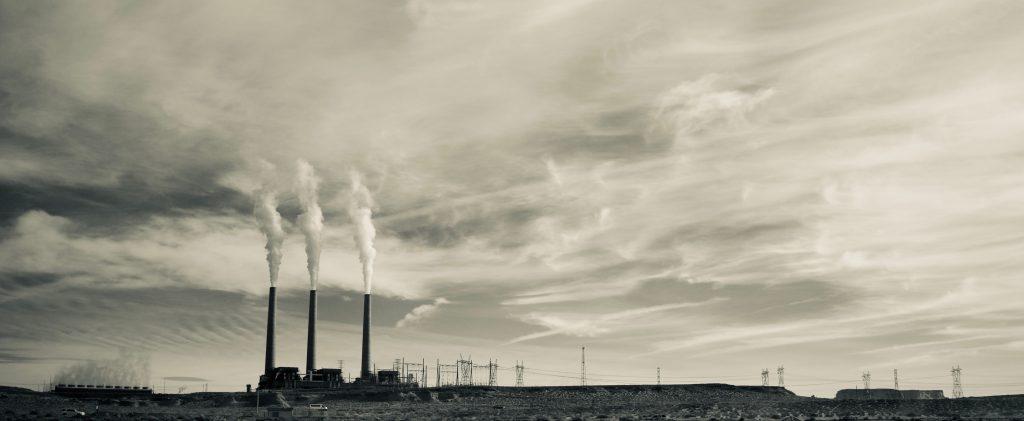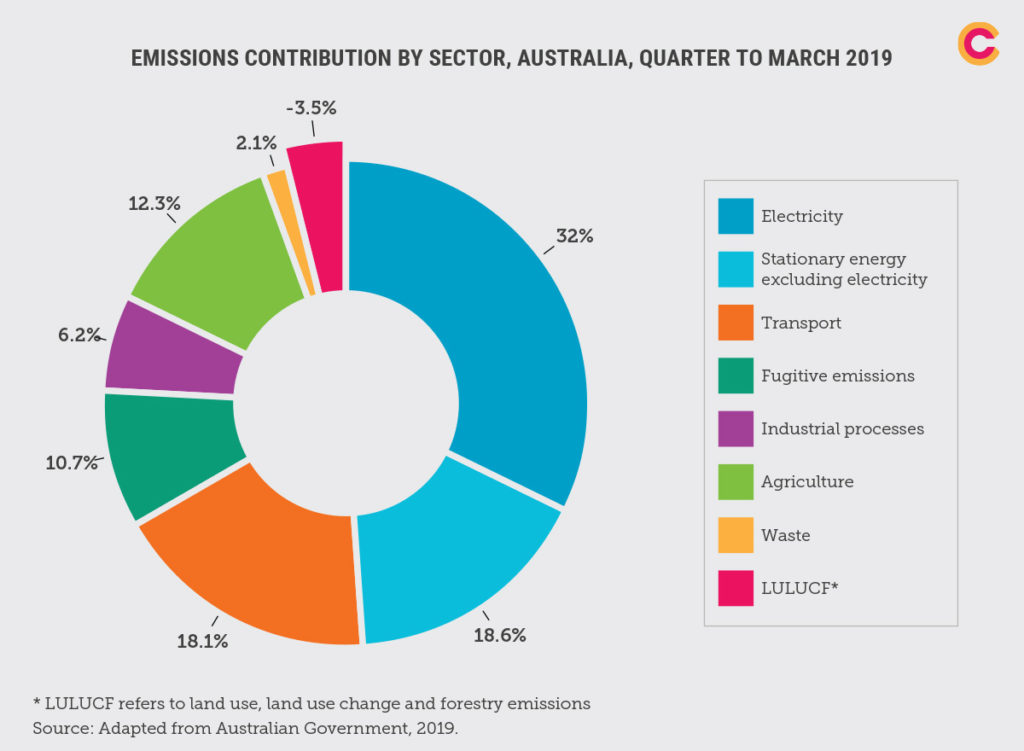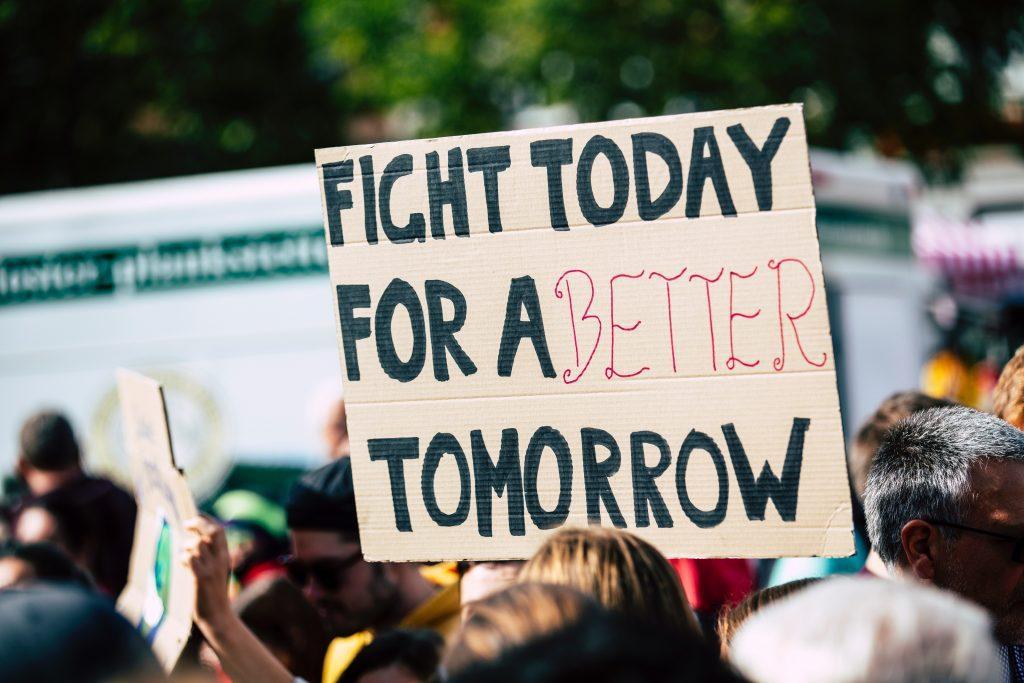Australia ranks last in the world in climate action, according to the latest Sustainable Development (SD) Report. The UN-backed Sustainable Development Solutions Network released the report in June, 2021. Out of 193 United Nations members, Australia received the lowest score for climate action . The report scores countries for their progress towards reaching the Sustainable Development Goals. Climate action is measured in a number of ways. These include:
- CO₂ levels from fossil fuel use
- Embodied emissions in imports and fossil fuel exports
- Progress towards effective carbon pricing
Australia showed no improvement across these metrics. In fact, compared to last year, Australia has dropped from second last (176th of 177 countries) to last in climate action rankings.

This is worse than several countries rich in fossil fuels, including the United Arab Emirates, Norway, and Kuwait. Over 30 countries have committed to climate neutrality within the next generation. China and Brazil have made such commitments, Australia has not.
Meanwhile, Australia produces the 3rd most greenhouse emissions per capita. This is due to Australia’s coal-ridden power grid and the present Government’s lack of emissions reduction targets.
What impact will climate change have on Australia?
This lack of political action continues despite the devastating impact on the nation. Australia suffers through increasingly extreme weather. In fact, the number of record-breaking hot temperatures has doubled compared to 50 years ago. Scientists have warned about the dangers of climate change for decades, and the evidence is clear. Tragic deaths plague our seas, and near-constant natural disasters lay our communities to waste. Action against climate change is vital to preserve our lives and livelihoods.

Young people are some of the most vulnerable victims of climate change. They have to live with the consequences of our climate inaction. Without the power to make change themselves, many demand action through protests. Their aim is to force governments and major polluters to reduce their environmental impacts. These are about more than protecting the environment, as the future of life on Earth is at stake.
Climate inaction will also negatively impact the economy. $4 trillion worth of economic growth could disappear over the next 80 years to increasing droughts and extreme weather events. This will happen unless future governments are willing to deal with climate change. The cost of climate inaction is higher than the cost of climate action.
But what is climate action? And how can it make a difference?
Countries in the United Nations are currently pursuing 16 Sustainable Development Goals (SDGs) for a better world for people and the planet by 2030.
Among these, Goal 13 focuses on climate action, specifically:
“stepped-up efforts to reduce greenhouse gas emissions and strengthen resilience and adaptive capacity to climate-induced impacts…”.
(UNDP, 2021)
Governments can ease climate change through legislation to reduce emissions.
Greenhouse Gas Emissions
Despite promises to reduce emissions, Australia’s emission levels are increasing. They are further predicted to increase their emissions by 8.6% of 2005 levels by 2030.
Australia is one of the top 20 greenhouse gas emitters globally. In fact, Australia produces more tonnes of CO₂ per person than countries like Germany, China and even the USA. There are several reasons behind this, including:
- Relying on coal for electricity. 62% of Australia’s electricity comes from coal, making it one of the most polluting power grids on the planet.
- No vehicle emissions standards. Australia’s 19.2 million vehicles-and counting-are some of the most polluting in the world. Due to our lack of emissions policies, our transport emissions are set to increase. This is occurring even as transport emissions decrease in much of the world.
- Inefficient industries. Compared to other advanced economies, Australian industries use around two-and-a-half times more energy for every dollar added to the economy.
Many of these rely on burning fossil fuels in their operations.

Unlike most countries, Australia has no meaningful policies to reduce emissions. But what does that mean for our future?
Since the 1980s, each succeeding decade has been warmer than the last. In fact, the last seven years have been the warmest ever recorded. Greenhouse gases contribute heavily to our growing calamity. They trap heat from the sun and gradually heat up our planet’s atmosphere. Continuing to pump these gases into our atmosphere leads to more extreme weather events. That means natural disasters from bushfires to floods become more common. The worst part is that emissions remain for decades, leaving a burning Earth to our children.
We cannot leave our climate crisis to governments overseas. Emissions do not respect national boundaries; we must make sure all governments act.
What is Australia’s government doing about it?
It is worth looking at the issues behind Australia’s climate change strategies. The Paris Agreement encourages countries to stop the worst effects of climate change. The goal is to do this by limiting temperature increases to 1.5OC.
Australia has promised to reduce emissions by 26-28% of 2005 levels by 2030. However, much funding for this is used to build resilience to climate change’s effects. Meanwhile, the current Government is using the pandemic to justify growing Australia’s gas industries. These efforts are backed by mining and fossil-fuel industries.

Despite aging, expensive-to-maintain power plants, and decreasing renewable energy costs, the Federal Government is planning new coal and natural gas mines. They are also investing over $1 billion on failing carbon capture technologies. In contrast, renewable energy investment has nearly halved in the second quarter of 2020, compared to the first.
Instead of the Federal Government creating change, most meaningful climate action occurs at the state level. In fact, all but two Australian states have renewable energy targets. With even business and industry leaders calling on the Government to adopt net-zero emissions targets, it’s time for them to step up and embrace renewables.
But how can they do better? And how can we hold them to account?
What can be done better?
“There’s no other way, if it doesn’t start with people.”
-Aliya Haq, Natural Resources Defense Council, 2017.
Raising our voices is one of the biggest ways we can ensure the Government cares about our climate. Whether through the ballot box or by speaking to representatives directly, change can happen.
Despite governments around the world introducing emissions reduction targets, these are often meaningless without further action. In the worst cases, future governments may even dismantle these.
If we want targets to be meaningful, we must make sure our Government:

- Makes all departments contribute to reducing impacts. If one department handles climate action, there is less motivation for others to change, as they can assume other departments will act. If all departments are responsible for reducing impacts, they’ll be motivated to do so.
- Implements policies that promote climate action. Policies with seemingly minor impacts can promote the idea of climate action, motivating further change. These often show people that the Government is serious about tackling climate change, making further investments more palatable.
- Explicitly commits to leaving fossil fuels untouched. To avoid the worst effects of climate change, most fossil fuel reserves need to stay in the ground. Despite this, governments globally spend over $370 billion every year in propping up fossil fuels.
- Focuses on reducing emissions over carbon capture. Carbon capture technologies are unproven, and can pull attention from how governments can start solving climate change issues right now.
- Involves the public in climate decisions. Many politicians tend to force policies on the public, which often backfires. Governments should work with those who will be affected by climate action. For example, by helping fossil-fuel workers find new jobs. This makes individuals more likely to change how they act to cut emissions.
What about other political parties?
If the current Federal Government will not act, other political parties may hold the answer. In contrast to the present Government’s half-hearted policies, other parties have promised more ambitious targets.
Labor seeks a 45% cut in emissions by 2030. They would strengthen limits on industrial pollution, and create vehicle emissions standards. They promise that 50% of electricity will come from renewable sources in 2030, and that 50% of new cars will be electric. These major steps would ensure Australia barely meets its role in keeping global warming below 1.5oC.
The Greens have even more ambitious targets, seeking emissions reduced by 63-82% of 2005 levels by 2030, and no emissions by 2035. Some of their policies include ending fossil fuel subsidies, phasing out fossil fuel mining and electricity generation and using renewables, and creating stronger vehicle emissions standards and banning new petrol-fuelled cars by 2030, among others. These would ensure Australia does enough to keep temperatures from rising over 1.5oC.
What’s next?
Climate change is one of the greatest challenges of our generation.
But fossil fuels are not the answer. Growing emissions in the name of economic growth will almost certainly hurt us in the end. Instead, governments should focus on helping people thrive. Only strong and consistent national leadership can motivate our businesses and communities to act.

You have the power to make climate action happen, so when you’re at the ballot box, how will you raise your voice?
The THRIVE Project strives to empower people like you to take action for a thrivable future. If you have a passion for helping our environment thrive, feel free to look at our volunteering opportunities.